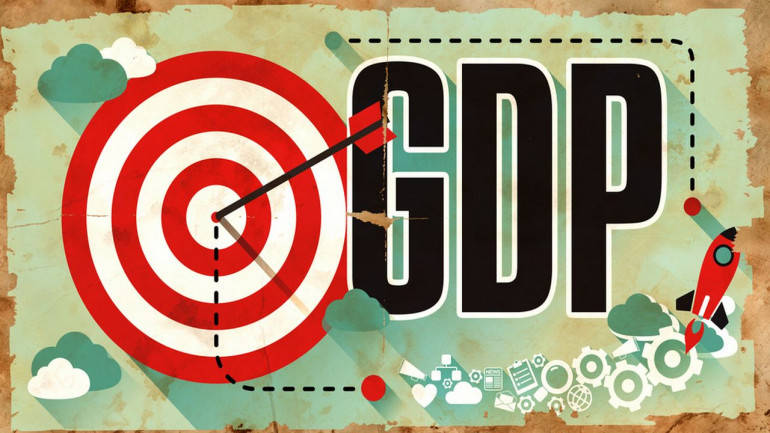The economy is expected to grow at 6.7 percent in the current financial year, the multilateral lending agency said in its biannual publication 'India Development Update: India's Growth Story'.
India’s economy will grow at 7.3 percent in 2018-19 and gather pace in the following year, likely expanding at 7.5 percent, World Bank said in new estimates on Wednesday, painting a bullish forecast about Asia’s third largest economy.
The economy is expected to grow at 6.7 percent in the current financial year, the multilateral lending agency said in its biannual publication 'India Development Update: India's Growth Story'.
“The Indian economy is set to revert to its trend growth rate of 7.5 percent in the coming years as it bottoms out from the impact of the Goods and Services Tax (GST) and demonetisation,” it said.
The Indian economy felt the pangs of the currency culling exercise in November, 2016 and the implementation of a new indirect tax system GST from July 1, 2017. As result, manufacturing witnessed slowdown, as companies and traders had emptied inventories to carry over as little old stock as possible into July, which caused an economy-wide slowdown, pulling down overall Gross Domestic Product (GDP) growth to a 13-quarter low of 5.7 percent in the quarter-ended June.
Thereafter, GDP growth raced faster in July-September at 6.3 percent and 7.2 percent in October-December as companies shrugged off the inventory disruptions.
The report also pointed out that attaining a growth of 8 percent or higher on a sustained basis is dependent on the effective implementation of the existing structural reforms, aimed at resolving issues related to credit and investment and making India’s exports competitive.
“India’s long-term growth has become more steady, stable, diversified and resilient. In the long-run, for higher growth to be sustainable and inclusive, India needs to use land and water, which are increasingly becoming scarce resources, more productively, make growth more inclusive and strengthen its public sector to meet challenges of a fast growing, globalizing and increasingly middle-class economy,” said Junaid Ahmad, World Bank Country Director in India.
The report pointed out that financial markets’ liquidity may tighten, which may pose certain short-run risks for the economy. Besides, if investment, exports, credit do not gain sufficient momentum, it may not do much to accelerate GDP growth.
Oil prices, however, seem to be less of a risk, unless the outlook changes dramatically due to global factors.
The economy gained from low oil prices since 2014, which, however, grew more than 40 percent since the middle of 2017 and reversed the benefit of lower import bill.
The report also said that 2017-18 remained yet another challenging year for Indian banks, with subdued credit growth and continued stress on asset quality. However, the government’s plan of infusing capital into public sector banks could reinvigorate bank credit.
It also noted that large non-performing assets will continue to remain an unfinished agenda.